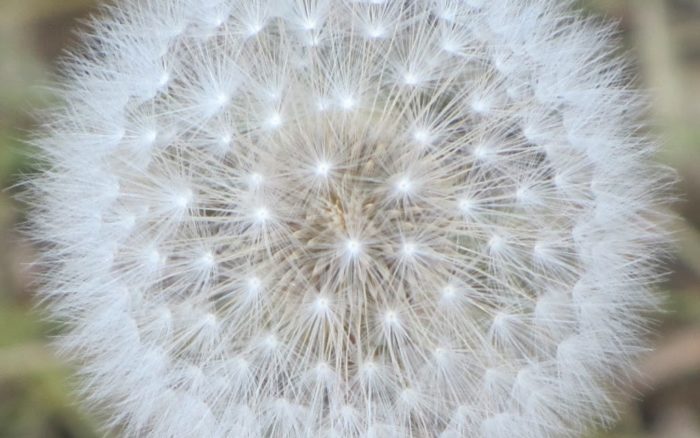 |
| Dandelion on our ranch. |
Biodynamic Prep 506: Dandelion
Dandelion (French: dent de lion, lion’s tooth, referring to the teeth of the serrated leaves) is a flower Rudolf Steiner called a “messenger from heaven” (Agriculture, 103). It is another plant that works in homeopathic ways over a region. Because of its own silicic acid relationship with the potassium in the soil, it is able to impart this “power” to the compost, “enlivening” the earth and assisting plants within an area to become more “sensitive” to connection with cosmic forces (Steiner, 103). Potassium’s designation as “K” by chemists refers to its ancient goddess Kali properties, being obtained by burning plant materials to ash and then leaching out the salts with water, pot ash, potash. Dennis Klocek states,
In the ancient mind, substances had a consciousness. Potassium had a consciousness, and the consciousness was that, when things got destroyed, hidden in them was a secret being that could resurrect again (Biodynamics: Agriculture in Service of the Earth and Humanity, Winter/Spring 2012, #278, p. 10).
In his final work on alchemy, C. G. Jung said of potash:
Salt as much as ash is a synonym for the albedo…and is identical with “the white stone, the white sun, the full moon, the fruitful white earth, cleansed and calcined.” The connecting link between ash and salt is potash… one of its [salt’s] principle meanings is soul.” (Collected Works 14, Mysterium Coniunctionis, p. 239-240).
It is this essence of being developed in the interaction between heaven and earth that dandelion serves in a very particular way. I think of this process as the alchemical multiplicatio, or, in the human sphere, a kind of teaching by transmission. Jungian analyst Dyane Sherwood describes this transmission as one in which the teacher does not pull the projection of Self, but instead, through being fully oneself, nourishes and activates the Self in others (Sherwood, “Joe the Alchemist”, San Francisco Jung Institute Library Journal, vol. 22, No. 2, 2003). The student does not become dependent upon or a follower of the teacher, but simply, through relationship with the teacher, becomes more of him or herself.
 |
| Wikipedia, Flower of Life |
Any of us who have softly blown on a seed head of a dandelion know how quickly it disperses. Under the right conditions, the seeds may travel as far as 100 miles. This expansiveness is reflected in the belief that the flower dandelion is ruled by Jupiter. Furthermore, its deep taproot breaks up deadpan while also bringing up minerals from the deep. It detoxifies the soil of heavy metals, and, in the human body, has been used since ancient times as a spring tonic and liver cleanser, Jupiter also associated with the liver (Porter, Applied Biodynamics, Spring 2012, Issue 76, p.3).
To truly study the seed head of this magnificent, versatile, too often deemed lowly plant, is to not only draw on its gifts of earthly life, but also its gifts of relationship to the cosmos. The seed arrangement is the archetypal pattern called the Flower of Life. The Tree of Life, or Kabbalah, may have been derived from this symbol, and the Vesica Piscis is a basic component of it. It is an ancient pattern that has sunk deep into the unconscious of most humans yet is found in imagery around the world, relating us to our past as well as spiritual, earthly future. (See The Secrets of the Flower of Life, Volumes I and II by Drunvalo Melchizedek).
I have heard that the Emperor’s Throne in the Forbidden City has two adult lions at its base, a female with cub under her paw, and a male whose paw rests upon a sphere with the pattern of the Flower of Life, as if protecting all universal knowledge. Perhaps the dandelion in its most fruited form is that: the sphere with the pattern of universal knowledge held between serrated leaves. Dent de lion.
